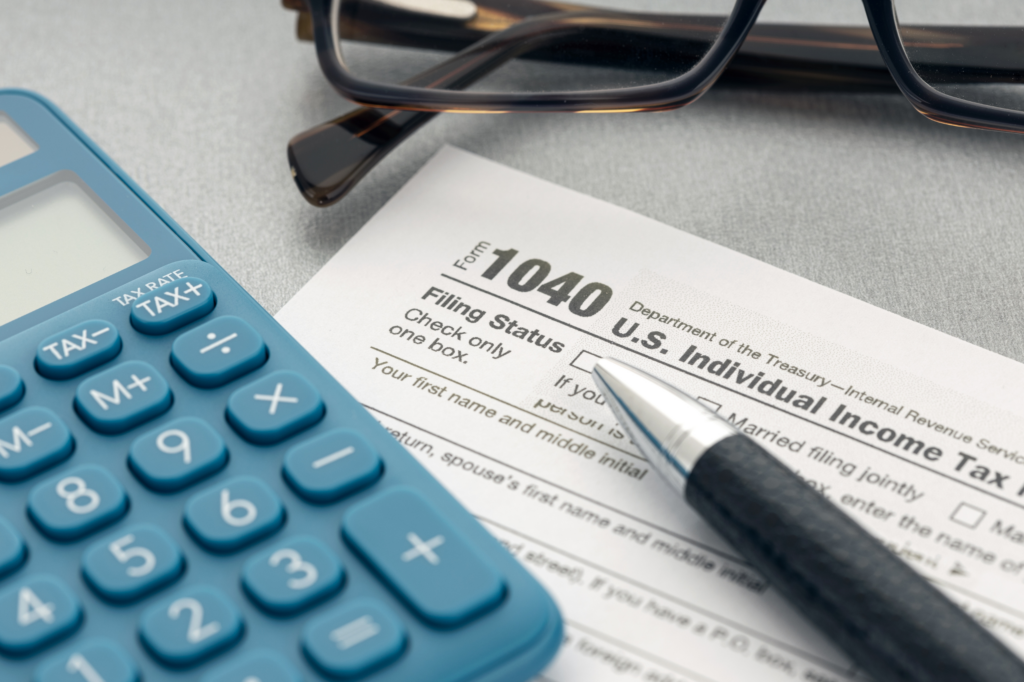As we enter the final quarter of calendar year 2023, it’s time once again to review your income situation for the year and make plans related to filing your return next April. And for some taxpayers, the passage of SECURE 2.0, late last year, may also factor into your tax planning. Let’s review a few matters that could make a difference in your tax liability for 2023.
- Think about your RMDs. For many retired persons, it’s time to make sure that you will take the proper required minimum distribution (RMD) from your traditional IRAs and other retirement accounts. Failure to take the correct amount from these accounts during the year can subject you to significant penalties, so be sure to consult with your financial and tax experts to make sure your distributions follow the rules. On the other hand, since SECURE 2.0 raised the maximum age to begin taking RMDs from 70 ½ to 73 (starting in 2023), you may not need to begin taking distributions. In other words, if you turn 73 in 2024 or later, you are able to wait until then to begin taking your required distributions (SECURE 2.0 also established a gradual increase in the age when RMDs must begin; by 2033, the maximum age will be 75)
- Beef up your retirement plan contributions. On the other hand, if you’re still working, you may want to use these last three months of 2023 to maximize contributions to your IRA, 401(k), 403(b), or other tax-advantaged retirement plan. Whether your plan is traditional or a Roth plan, the funds you deposit grow and compound without taxation. The maximum contribution to a 401(k) plan in 2023 is $22,500, and if you are 50 or older, you can take advantage of an additional catch-up contribution of $7,500. For IRAs, the maximum is $6,500, with an additional $1,000 in catch-up contributions available to those 50 and older (although there may be limitations to the deductibility of a traditional IRA contribution, depending on your income).
- Prepare for the harvest. This is also the time to review your capital gains situation with your financial and tax advisors. If you are likely to report significant gains for the year, you may want to look into the possibility of tax-loss harvesting. This allows you to recognize losses in one part of your portfolio that may be used to offset gains in another part. Strategically recognizing certain losses can save you money at tax time by reducing your liability for taxation of your capital gains.
- Bundle deductions. Because the Tax Cuts and Jobs Act (TCJA) of 2017 raised the personal deduction significantly (for 2023, it’s $13,850 for single filers, $27,700 for married couples), many taxpayers are better off simply taking the standard deduction, rather than itemizing. But you may choose to group two or more years’ worth of charitable gifts together and make them in a single year, in which case you might have an advantage by itemizing. Some high-net-worth taxpayers may even wish to utilize a donor-advised fund (DAF), which is an account that can be used to channel appreciated assets (including securities and real estate) to a favorite charity as chosen by the donor. The fund receives the assets and then directs gifts according to the wishes of the donor, and when assets are placed in the fund, the donor receives credit for a charitable gift that can be used to offset taxable income. Retired taxpayers may wish to consider making a qualified charitable distribution (QCD) from their IRA accounts (especially those who must otherwise take RMDs and who do not necessarily need the income). The QCD can be used to satisfy the account owner’s RMD for the year, and the amount distributed is not included in your taxable income for the period.
- Think about a Roth conversion. Though Roth IRAs, 401(k)s, and 403(b)s do not generate a tax deduction for contributions, the funds in these accounts grow without taxation. And when funds are distributed in retirement, the funds are not considered taxable income. So, investors who believe they may be in a higher tax bracket in retirement than presently may wish to consider converting traditional retirement accounts to Roth accounts. You will be required to pay taxes on the converted amount, but the assets may then be withdrawn tax-free in retirement. The other advantage of Roth IRAs is that they have no RMDs; account owners can leave the assets untouched for as long as they want (however, if an account is inherited, the heirs must withdraw the funds over a ten-year period). And here’s another change brought by SECURE 2.0: in 2024, Roth 401(k)s and 403(b)s will no longer have RMDs. If you think a Roth plan might be a better choice for you than your current traditional plan, talk to your financial and tax advisors.
At JFS Wealth Advisors, we work with clients to help them stay abreast of changes and developments in tax and investment rules. Our goal is to help our clients make smart, tax-efficient decisions about their investments and other aspects of their financial strategy. And our fiduciary obligation ensures that our guidance and recommendations are always delivered with the client’s best interests foremost. To learn more about how we help you manage your wealth with your best interests in mind, visit our website. And to read our latest articles on important financial topics, visit our Knowledge Center.



















